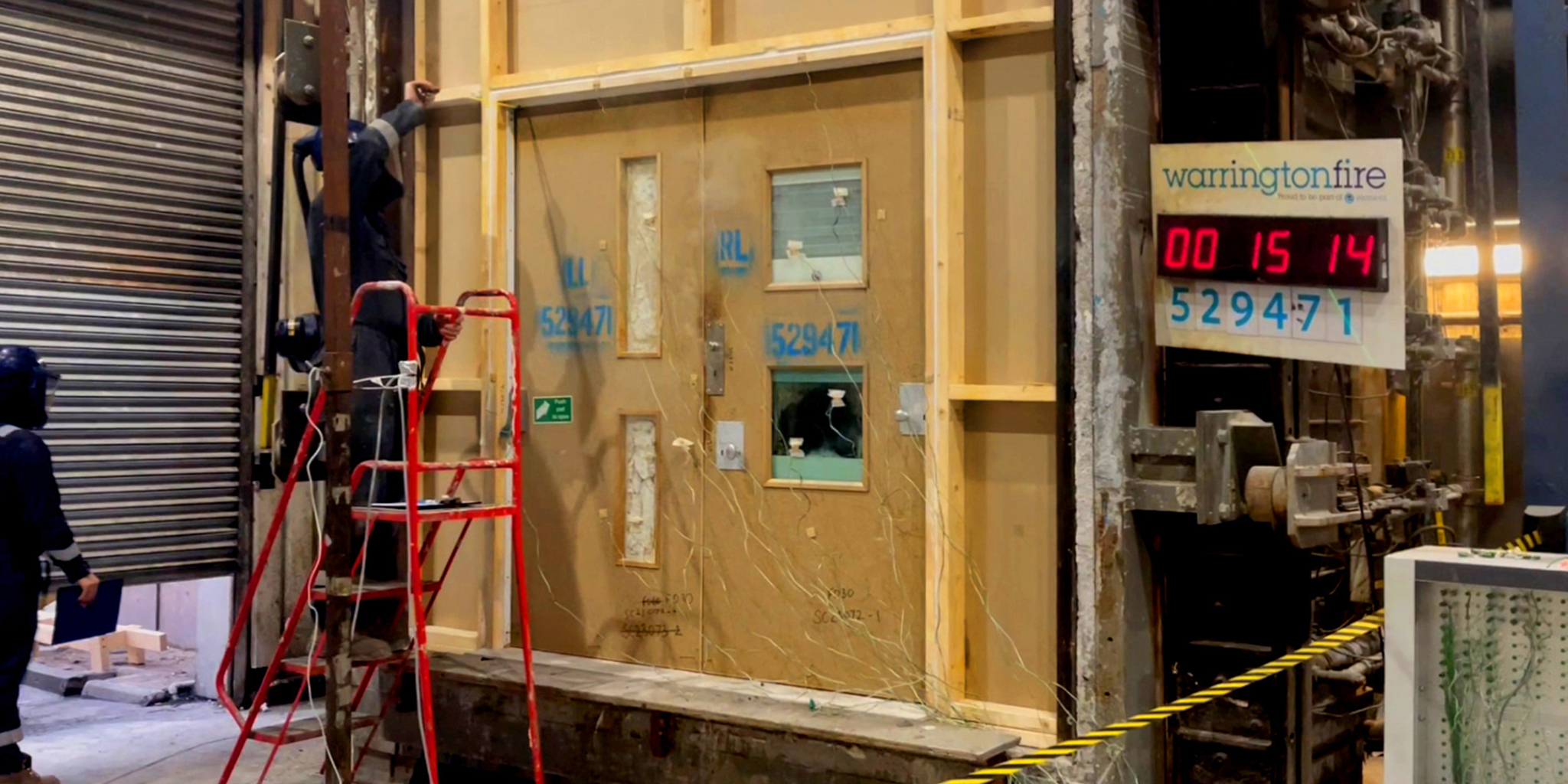Amendments to the AD B 2019 edition (as amended 2020 and 2022) have been published by DLUHC (Department for Levelling Up, Housing and Communities) on 29th March 2024, following the consultation launched December 2022.
The main update primarily concerns means-of-escape. Provision has been made for a second staircase in blocks of flats, with a protected entrance lobby, at a new trigger threshold height of 18 metres. Guidance in Volume 1 has been re-structured to separate horizontal and vertical escape. Revised diagrams emphasise maximum escape travel distances of 7.5 metres for one direction and 30 metres where there is a second available escape direction to a place of safety. The published amendment includes Table C1 of Appendix C, reaffirming the national fire door classifications to the BS 476 Part 22 test (for example, FD30 and FD30s). Reference: https://www.gov.uk/government/publications/fire-safety-approved-document-b
The consultation document in December 2022, also included questions relating to the continuation of BS 476 Parts 20 and 22 furnace test for fire resistance national classifications. Change to the status of BS 476-22 would have brought major disruption to the UK’s specialist and bespoke fire door manufacturing sector, but that is not to be taken forward – a decision welcomed by ASDMA.
The BS 476 Part 22 fire resistance test is very well-established for specialist and bespoke fire doors, with far more extensive test experience than applies to the EN test method. The announcement confirms that test results to BS 476 Part 22 continue to be compliant with building regulations, along with EN 1634-1.
ASDMA has advocated retention of the BS 476 Part 22 test for fire resistance, because it fundamentally remains a sound and trusted test method, based on its very extensive use in fire door testing especially for the development of advanced high quality UK fire door designs, over several decades without any significant technical issues. The BS 476-22 test has been shown to work; and it continues to serve the prime purpose of building regulations without reservations, demonstrated over several years of testing.
Retention of BS 476-22 is good news for fire safety and fire door product assurance in another regard. The test underpins third-party linked product and process certification (TPPPC), which is established UK practice in the specialist and bespoke fire door manufacturing sector, to demonstrate competency in product development and manufacturing, as well as to provide detailed fire door specifications for specifiers and designers with reference to applicable test data, as provided in approved detailed Field of Application Reports which are so important for fire safety records, and to show product provenance.



